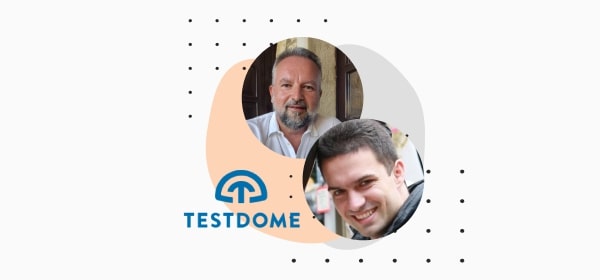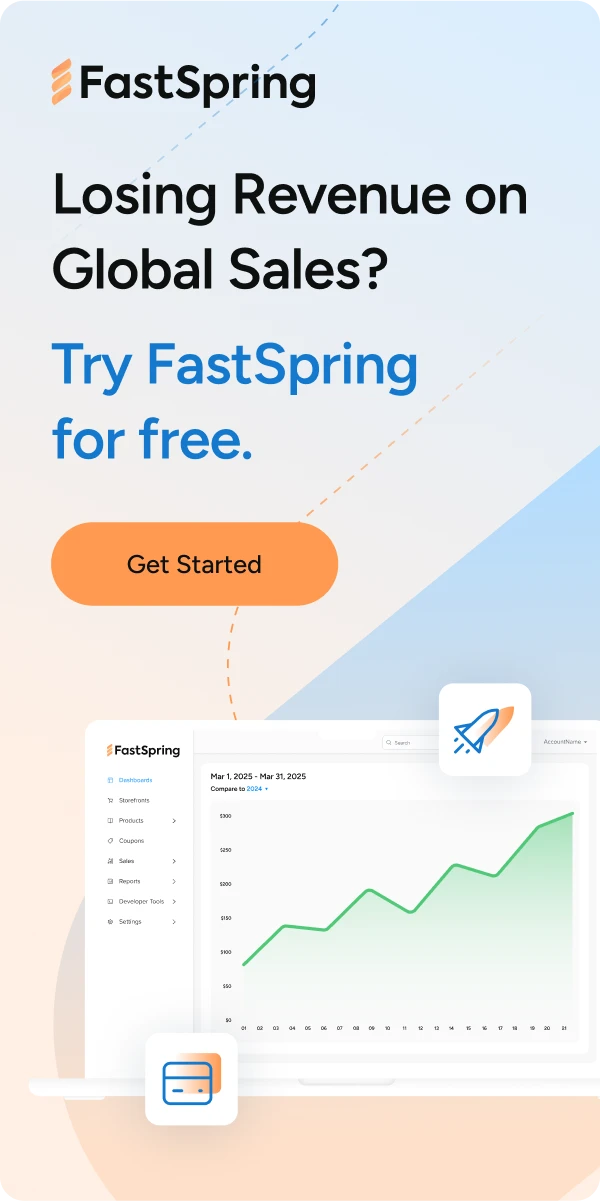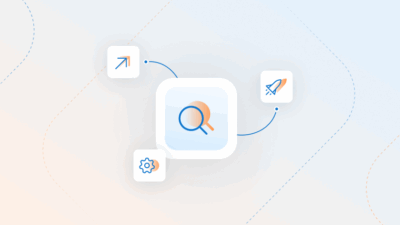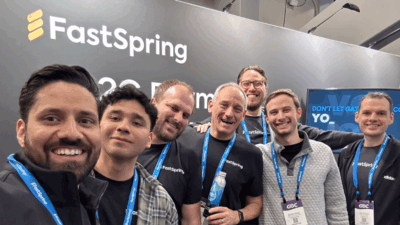Captive pricing is a confusing concept for many, but in practice, it’s relatively simple. Captive pricing happens when an accessory product is necessary to purchase in order to use a core product. Classic examples of this include products like razor blades for razors and toner cartridges for printers. This is also called by-product pricing.
It can be challenging to determine pricing models for captive products. With that in mind, we’re going to detail captive pricing below, with an eye towards how it also plays a part in SaaS platforms and products.
What is Captive Product Pricing?
The definition of captive product pricing is the pricing of products that have both a main product and several secondary or accessory products that are needed for the main product to offer full value.
In some instances, the core product can be inexpensive or offered at a discount, while accessory products, which are necessary for the core product to provide value, are priced at a premium. This enables selling products that have a wider margin than the core product.
We mentioned razors with disposable razor blades as an example of the typical case, but here are two more captive pricing strategy examples:
- Coffeemakers that can be bought for the home inexpensively but require the use of coffee pods that contain the actual coffee that will be prepared.
- Video game consoles require video games, controllers, and accessories for the player to enjoy the full gaming experience.
How Captive Product Pricing Works in SaaS
When using captive pricing for SaaS products, the core product usually offers enough functionality with a free or basic subscription to demonstrate the platform’s value but will require specific upgrades for expanded functionality.
One example of this would be tax preparation software platforms that can enable one person to prepare federal taxes for the current year, but require modules for things like custom reports.
So what is a captive pricing strategy that makes sense? One way to go about this is to create a core product that demonstrates the basic value of the entire product line and then create additional products that offer heightened value. The core product serves as a great way to build brand loyalty and customer satisfaction, allowing additional products to increase value further.
Alternatively, SaaS providers can rely on the creative use of partnerships and third-party integrations to build brand loyalty and help their customers resolve pain points as needed. A SaaS provider must always be sensitive to a typical customer’s set of use cases. In this way, captive pricing isn’t just a way to increase revenue, but also a way to increase value to the customer.
Three Saas Captive Product Examples
Here are a few more captive product pricing examples, specifically for SaaS style software products.
1. Accounting Software with Special Add-Ons and a Flat Pricing Model
In this example, this is a SaaS accounting software platform for small businesses. The platform is priced at a $29.99 monthly subscription with all basic features are included, and a discount is offered if a 12-month subscription is purchased. A new user will be able to experience the platform’s value with the basic features.
However, in order to increase the value of the accounting software platform, add-ons can be purchased from a special marketplace. The marketplace features add-ons like expanded reporting options, expense tracking, and additional license seats to continue supporting businesses as they grow. This is a clear cut way to continue delivering incremental value for customers while using captive product pricing.
2. Billing Platform that Uses a Pay-As-You-Go Model
In this case, the billing platform fees scale based on the number of transactions, and the captive functions are based on peripherals and payment service integrations. An example of this would be payment services such as Square: they offer a usage-based service with free signup, but then also offer subscription services for various peripheral attachments, such as card readers.
3. Tiered Price Platforms
The most popular model offered with most SaaS platforms is the tiered price model. Tiered price platforms offer a package of functions at various monthly and yearly subscription levels, which is an example of captive pricing that works well. In order to unlock more features, you need to move to a higher tier. This combines the easy purchase of a flat price model as well as pay-as-you-go options.
A typical example is a social media platform software such as Sprinklr and customer relationship management software such as HubSpot. This model is very popular in the marketing software space.
Conquer the Challenge of Captive Pricing
At FastSpring, we understand how difficult it can be to effectively incorporate captive pricing into how you sell your SaaS product. Our full-service ecommerce platform is designed to support any subscription management billing model, with customizable plans to fit what you need. We’d love to show you how you can appropriately price the captive elements of your SaaS products. Moreover, we have the insight and solutions for selling software that can help your business grow. Request a demo today!








